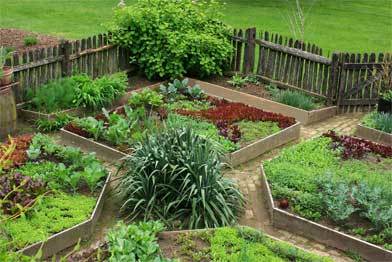What are Geothermal heating and cooling systems?
Geothermal heating and cooling systems harnesses the Earth’s heat. Just a few feet below the surface, the Earth maintains a near-constant temperature, in contrast to the summer and winter extremes of the ambient air above ground. Farther below the surface, the temperature increases at an average rate of approximately 1°F for every 70 feet in depth.

In many ways, a geothermal heat pump, also known as a ground source heat pump (GSHP), works exactly like a normal heat pump would, only with one key distinction: Instead of moving heat between a building and the outdoor air, the energy transfer takes place between a building and a ground source.
Geothermal energy is considered a renewable resource. Ground source heat pumps and direct use geothermal technologies serve heating and cooling applications,
What are the benefits of using geothermal energy?
- First, it's clean. Energy can be extracted without burning a fossil fuel such as coal, gas, or oil. Geothermal fields produce only about one-sixth of the carbon dioxide that a relatively clean natural-gas-fueled power plant produces, and very little if any, of the nitrous oxide or sulfur-bearing gases. Binary plants, which are closed cycle operations, release essentially no emissions.
- Geothermal energy is available 24 hours a day, 365 days a year. Geothermal power plants have average availability of 90% or higher, compared to about 75% for coal plants.
- Geothermal heating and cooling systems are homegrown, reducing our dependence on foreign oil.

How It Works
- Heat exchange and absorption: Water or another fluid absorbs heat from the air inside the building through a heat exchanger, which is the way a typical air conditioner works.
- Circulation: The above-ground heat pump moves the heated fluid through a series of buried pipes or ground loops.
- Heat discharge: As the heated fluid passes through the ground loop, it gives off heat to the relatively colder soil, rock, or ground water around it.
- Recirculation: Once the fluid transfers its heat to the ground, the fluid returns at a lower temperature to the building, where it absorbs heat again. This process is repeated, moving heat from one point to another for the user’s benefit and comfort.
The above-ground heat pump is relatively inexpensive, with underground installation of ground loops (piping) accounting for most of the system’s cost. Heat pumps can support space heating and cooling needs in almost any part of the country, and they can also be used for domestic hot water applications. Increasing the capacity of the piping loops can scale this technology for larger buildings or locations where space heating and cooling, as well as water heating, may be needed for most of the year.
Types of Geothermal heating and cooling Systems
There are four basic types of geothermal systems. Three of these—horizontal, vertical, and pond/lake—are closed-loop systems. The fourth type of system is the open-loop option.
Which one of these is best depends on the climate, soil conditions, available land, and local installation costs at the site. All of these approaches can be used for residential and commercial building applications.
Vertical geothermal systems

This type of geothermal system is generally most cost-effective for residential installations, particularly for new construction where sufficient land is available. It requires trenches at least four feet deep.
The most common layouts either use two pipes, one buried at six feet, and the other at four feet, or two pipes placed side-by-side at five feet in the ground in a two-foot wide trench.
For a vertical geothermal system, holes (approximately four inches in diameter) are drilled about 20 feet apart and 100–400 feet deep. Into these holes go two pipes that are connected at the bottom with a U-bend to form a loop. The vertical loops are connected with horizontal pipe (i.e., manifold), placed in trenches, and connected to the heat pump in the building.

Closed Loop System

If the site has an adequate water body, this may be the lowest cost option. A supply line pipe is run underground from the building to the water and coiled into circles at least eight feet under the surface to prevent freezing. The coils should only be placed in a water source that meets minimum volume, depth, and quality criteria.
Open-Loop Geothermal System

This type of system uses well or surface body water as the heat exchange fluid that circulates directly through the GHP system. Once it has circulated through the system, the water returns to the ground through the well, a recharge well, or surface discharge.
This option is obviously practical only where there is an adequate supply of relatively clean water, and all local codes and regulations regarding groundwater discharge are met.
Ground Source Heat Pumps

A ground source heat pump takes advantage of the naturally occurring difference between the above-ground air temperature and the subsurface soil temperature to move heat in support of end uses such as space heating, space cooling (air conditioning), and even water heating.
Geothermal Heating and Cooling Systems are a good choice in certain situations. While more expensive upfront than some off grid solutions it eleminates heating and cooling costs entirely. Also, the work involved in heating (Wood) and cooling (Energy) your off grid home is eliminated.

Aquaponic is a marriage between fish farming and hydroponics. Protein and vegetables in one unit

With urban gardening you can transform even the smallest piece of land into a food farm for your family.





